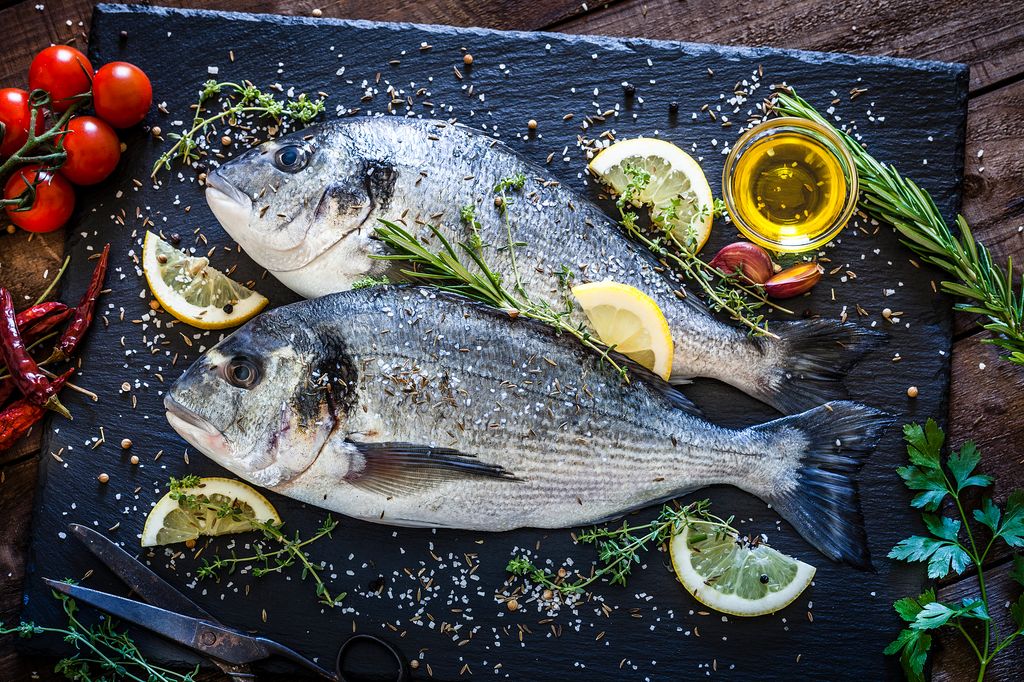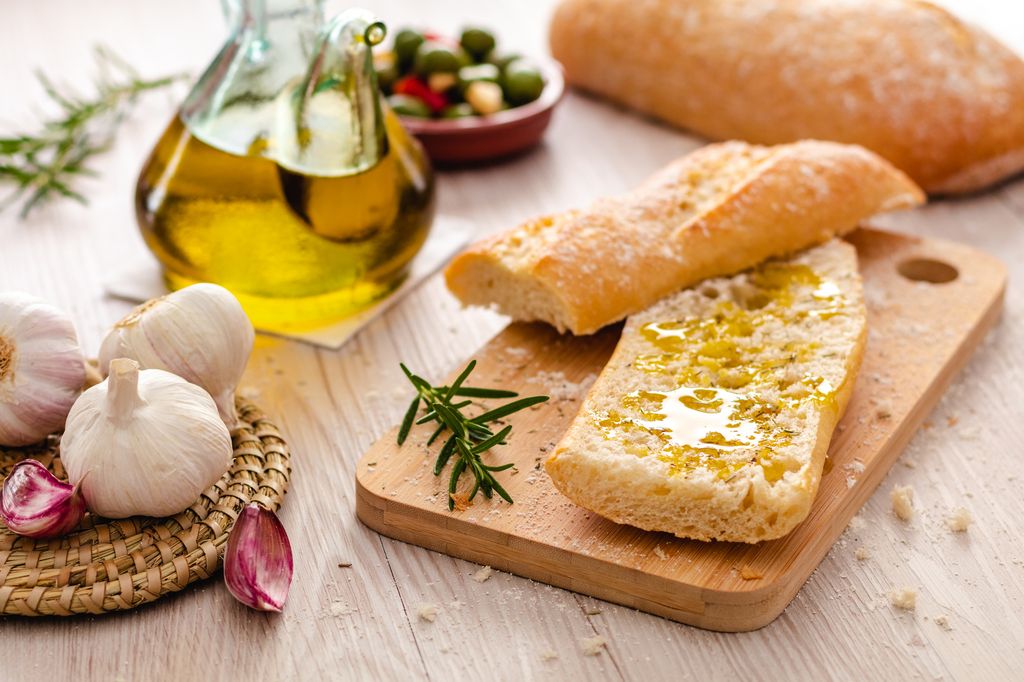While December isn’t necessarily the time of year when we think about ‘miracle diets’ to get into shape (that will change after the festive season!), the Nordic diet, also known as the Viking or Scandinavian diet, might be the exception.
This way of eating based on the culinary traditions of countries like Sweden, Norway and Denmark, s often compared with the Mediterranean diet, but is entirely unrelated to others we’ve seen talked about of late, such as the Scarsdale or the Human Being diet.
The World Health Organisation itself has highlighted some of its benefits, and some people claim that the Nordic diet can not only help you lose weight but also delay signs of ageing.
Key principles & what the experts say
Dietitian Laura Jorge supports the basis of the Nordic diet because it is based on consuming local and seasonal foods, which is “an ideal way to eat, because it ensures that the ingredients aren’t subjected to as much contamination during transport, and will taste better.”
 © REDA&COThe Nordic diet puts a strong focus on sustainability, simplicity and seasonality
© REDA&COThe Nordic diet puts a strong focus on sustainability, simplicity and seasonality
It’s a diet that dictates eating seasonal fruit and vegetables, quality proteins, healthy fats (unrefined rapeseed oil instead of olive oil), low-fat dairy in moderation – prioritising fermented products – and a reduced or zero intake of processed foods.
Fellow nutritionist Aina Candel emphasises that it also places particular emphasis on seafood, forest berries, wholegrains and seeds. It advises against saturated fats, refined sugar and artificial additives.
How to follow the Nordic Diet
Overall, the Nordic diet promotes healthy eating through the inclusion of fresh, natural and nutritious foods, with a strong focus on sustainability, simplicity and seasonality. Some benefits associated with this style of eating include reducing the risk of chronic diseases, promoting cardiovascular health and supporting a balanced lifestyle.
 © GettyOily fish contains essential omega-3 fatty acids.
© GettyOily fish contains essential omega-3 fatty acids.
According to Candel, the foods you will focus on if you follow a Nordic diet are:
Fish: Nordic countries have a long tradition of fish consumption, particularly oily fish such as salmon, mackerel, and herring, which are rich in omega-3 fatty acids beneficial for cardiovascular health.
Berries: Blueberries, raspberries and blackberries are an important part of the Nordic diet due to their high content of antioxidants and vitamins.
Wholegrains: Oats, barley and rye are examples of wholegrains commonly consumed in the Nordic diet, providing fibre, vitamins and minerals.
Root vegetables and greens: Root vegetables, such as carrots and beetroot, as well as cabbage, are staples in the Nordic diet.
Seeds and nuts: Flax, chia, hemp and sunflower seeds – along with nuts like almonds, walnuts and hazelnuts – are sources of healthy fats, protein and fibre.
Low-fat dairy: Dairy products such as yoghurt, cheese and skimmed milk are consumed moderately in the Nordic diet.
The Nordic diet’s strongest points include the importance given to healthy fats and the inclusion of high-fibre foods
Nordic Diet vs Mediterranean Diet
The WHO supports both the Nordic and Mediterranean diets equally, but is one better than the other? Jorge says that “the pattern of both diets is actually very similar,” and she believes it “wouldn’t make sense for them to compete with one another”.
 © Getty ImagesExtra-virgin olive oil (EVOO) has been a cornerstone of the Mediterranean diet for centuries
© Getty ImagesExtra-virgin olive oil (EVOO) has been a cornerstone of the Mediterranean diet for centuries
She explains: “Both have the same basis – fresh, seasonal foods – but each diet focuses on the typical products of its region. It wouldn’t make sense for a Norwegian to follow the Mediterranean diet if certain foods like oranges or olive oil, which are typical of the Mediterranean, aren’t as plentiful.”
Benefits include reducing the risk of chronic diseases, promoting cardiovascular health and supporting a balanced lifestyle
“While it is true that they share aspects in common, in terms of promoting health and wellbeing, each has its particular focus and signature ingredients,” agrees Aina. Furthermore, the expert pinpoints some similarities and differences:
Geographical origin: The Mediterranean diet is based on the traditional foods consumed in Mediterranean countries, such as Greece, Italy, and Spain, while the Nordic diet focuses on foods from Nordic countries like Denmark, Sweden, Norway, Finland, and Iceland.
Main ingredients: The Mediterranean diet is characterised by a high consumption of fruit, vegetables, pulses, nuts, fish, olive oil and red wine in moderation. In contrast, the Nordic Diet focuses on foods like fish, berries, wholegrains, vegetables, low-fat dairy, seeds and nuts.
Fats: The Mediterranean diet stands out for the consumption of healthy fats found in olive oil, while the Nordic diet includes sources of omega-3 fatty acids, such as oily fish and rapeseed oil.
Seasonality: Both diets promote the consumption of fresh, local and seasonal foods, which favours sustainability and nutritional diversity.
Health benefits: Both the Mediterranean and Nordic diets have been associated with a reduced risk of chronic diseases such as cardiovascular disease, Type 2 diabetes, and obesity, as well as promoting healthy ageing.
For these reasons, both eating plans are considered exemplary dietary patterns and are backed up by scientific evidence regarding their health benefits.


Dining and Cooking